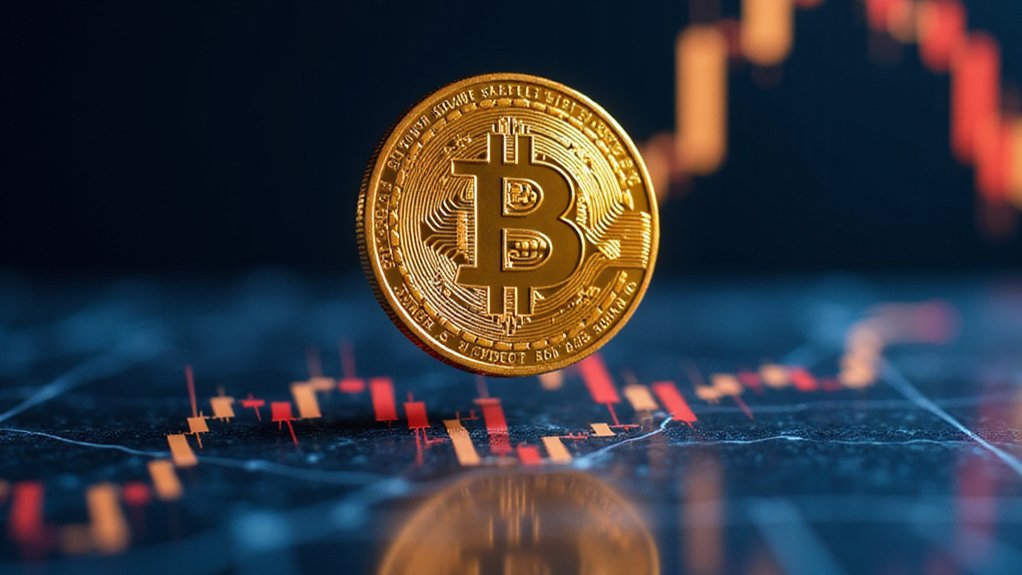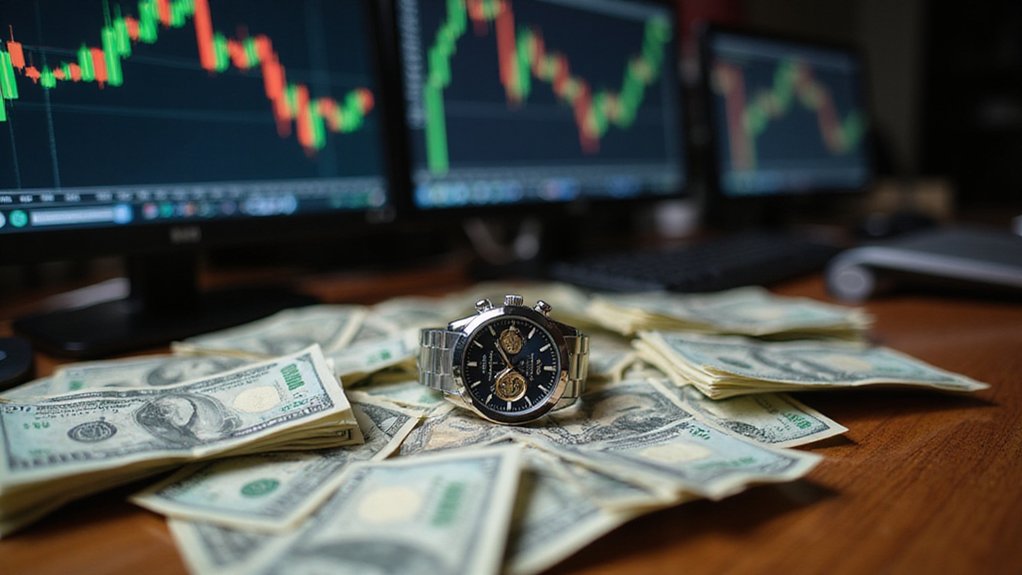While the cryptocurrency market has weathered numerous storms—from regulatory crackdowns to spectacular exchange collapses—the emergence of artificial intelligence as both analytical tool and foundational technology has created what industry participants are calling the “AI Gold Rush,” a phenomenon that promises to reshape digital asset investing with the same fervor (and perhaps the same mix of legitimate innovation and speculative excess) that characterized California in 1849.
The statistics underlying this transformation are compelling, if somewhat breathtaking in their scope. By early 2025, over 65 million Americans are projected to own digital cryptocurrencies—a figure that would have seemed fantastical just a decade ago.
The meteoric rise from cryptocurrency curiosity to 65 million American investors represents a fundamental shift in financial consciousness.
Yet the real revolution lies not in adoption numbers but in the sophisticated AI algorithms now powering everything from high-frequency trading strategies to fraud detection protocols, fundamentally altering how these digital assets function and perform.
Machine learning models have evolved beyond simple price prediction tools (though they excel at those too, with AI forecasts placing Bitcoin between $80,000 and $120,000 in 2025) to become integral components of blockchain infrastructure itself. These systems process market information at unprecedented speeds while making objective decisions without the emotional bias that has historically plagued human traders.
Smart contracts now operate with genuine intelligence, reducing human intervention while AI-driven security protocols identify anomalies with precision that would make traditional banking compliance officers weep with envy.
The market predictions generated by these AI systems reveal an interesting pattern: Ethereum could reach $6,000 to $9,000 thanks to scalability improvements, while Solana—bolstered by its gaming and NFT ecosystem—may trade between $200 and $400. This technological evolution mirrors developments on high-speed platforms like Aptos, which are demonstrating how scalable platforms can handle the computational demands of AI integration.
These aren’t merely algorithmic guesses but sophisticated analyses incorporating technological upgrades, institutional adoption patterns, and supply constraints following Bitcoin’s halving events. The AI token sector alone has demonstrated remarkable growth, with market valuations expanding from $2.7 billion in April 2023 to over $39 billion by 2024.
Perhaps most intriguingly, dedicated AI crypto tokens are emerging as a distinct asset class, leveraging machine learning for automated portfolio balancing and risk management.
These projects promise enhanced transparency through real-time data analysis while creating adaptive cryptocurrencies that respond dynamically to market conditions—though whether this represents genuine innovation or elaborate technological theater remains to be seen.
The convergence of AI and cryptocurrency creates unprecedented opportunities for both legitimate advancement and spectacular miscalculation, embodying the timeless financial truth that transformative technologies amplify both wisdom and folly in equal measure.









